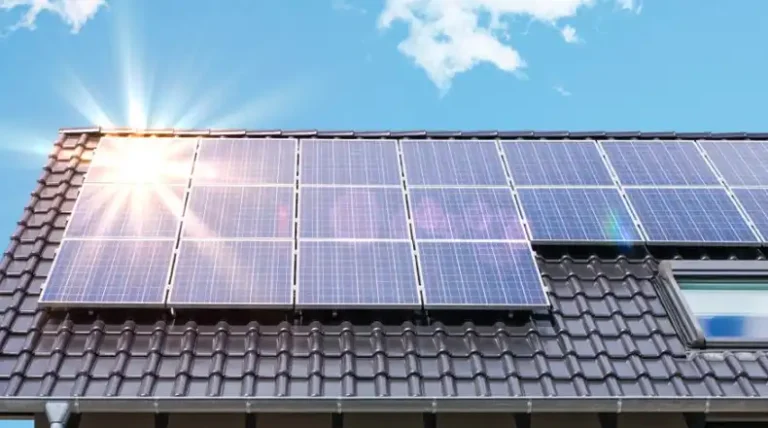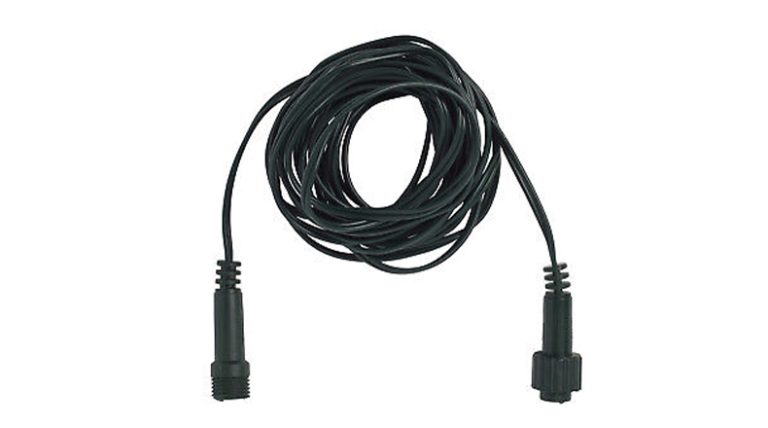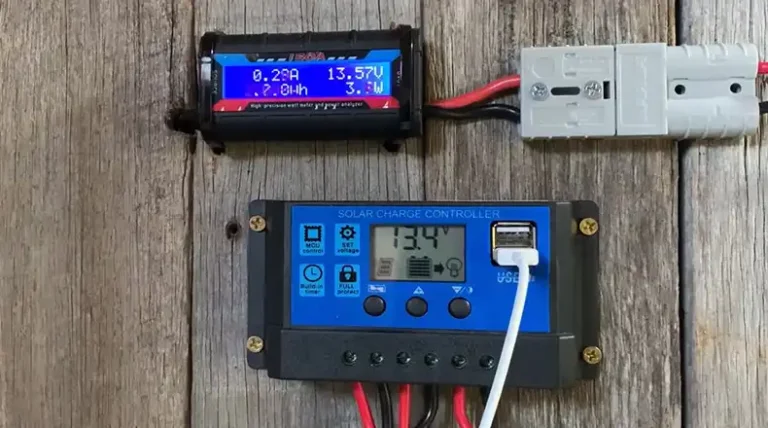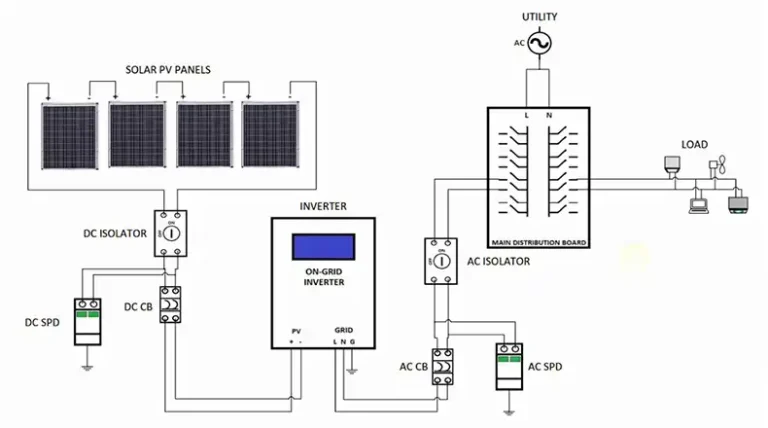Do Solar Lights Work in the Shade?
Solar-powered lights are a popular outdoor lighting choice for pathways, gardens and patios. But what happens when they are positioned in shady spots without direct sun exposure? Can solar lights work effectively in the shade?
When positioned in shady areas, solar lights struggle to fully charge their batteries and provide consistent, bright illumination at night. So, getting solar lights to work well in the shade can be frustrating and result in spotty performance.
But don’t lose hope too soon. While limited sun access compromises solar light utility, small adjustments can optimize function. Read on to learn whether solar-powered lights can realistically work in the shade around your home or if a different lighting solution would be better.
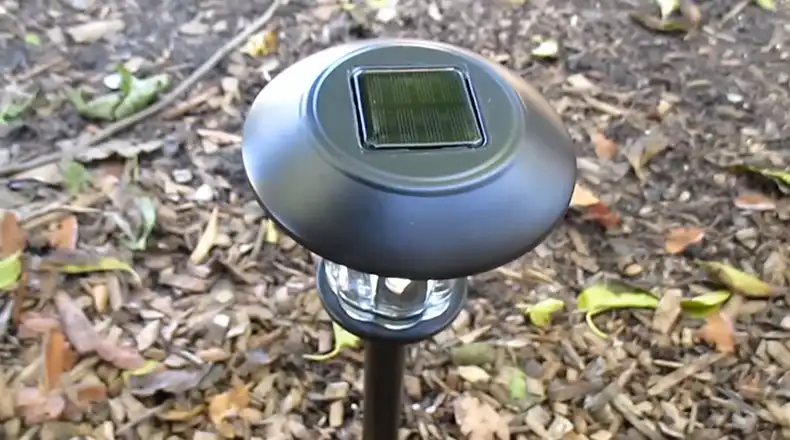
Do Solar Lights Work in the Shade?
Solar lights are outdoor lighting fixtures with an integrated solar panel, LED bulb, and battery. During the daytime, the solar panel converts sunlight into electricity that charges the battery. At night, the charged battery powers the LED bulb to illuminate the solar light. This creates renewable, self-sustaining outdoor lighting.
However, if the solar light is installed under trees and in covered areas, it won’t get the direct sunlight to charge the battery. But it doesn’t mean that it won’t work at all!
Yes, solar lights can work in shady locations but their performance is diminished compared to full sun placement. Without direct sunlight reaching the solar panel, the battery cannot charge to full capacity each day. This results in reduced illumination time and brightness.
What Affects Solar Light Function in the Shade?
Several factors impact how well solar lights operate in the shade:
- Amount of Indirect Sunlight – More filtered sunlight equals better charging and brightness. Even in shade, angling panels towards sunny pockets help.
- Daily Duration in Shade – Solar lights spending only part of the day in the sun will outperform ones in constant shade.
- Solar Light Quality – Higher-grade solar panels and batteries maintain better charge and output when shaded.
Why Sunlight is Better Than Other Light for Solar Panels
For maximum effectiveness, solar panels need exposure to direct, natural sunlight rather than shade or artificial light. This is because sunlight provides a steady, reliable source of energy, unlike fleeting bursts from artificial light. Solar panels are finely tuned to absorb sunlight, converting it into energy more efficiently than other light sources. The intensity of this light is over 1000W/m2 which is far better than other lights for solar panels. Harnessing sunlight aligns with the eco-friendly ethos of solar power, minimizing environmental impact. Without steady sun access, solar lights cannot operate at full capacity.
Impact of Shade on Solar Light Functionality
Shade negatively affects solar lights in a few key ways:
- Reduced Illumination Time – Lights will switch off earlier each evening as battery charge depletes faster.
- Diminished Brightness – Partially charged batteries can only power LED bulbs at partial brightness.
- Shortened Battery Lifespan – Repeated shallow charging wears out batteries faster than full regular cycles.
- Potential Malfunctions – Extreme shade may prevent lights from turning on at all.
While solar lights don’t need full sun, consistent shade makes sustaining their operation difficult.
How to Charge Solar Lights Effectively in Shaded Areas
If shade is unavoidable for your solar lights, these tips can help optimize functionality:
- Angle panels to catch indirect sunlight and reflections.
- Clean panels regularly to maximize charging efficiency.
- Choose higher-grade solar components with larger solar cells.
- Use mirrors to direct additional sunlight onto panels.
- Supplement with direct artificial light for 1-2 hours a day.
- Rotate lights between sunny and shaded areas each day.
- Replace batteries annually for optimal storage capacity.
With careful positioning and component selection, solar lights can work moderately well in partial shade.
Alternatives to Solar Lights in Heavily Shaded Areas
For areas that receive no more than 2 hours of filtered sunlight per day, solar options will quickly become frustrating. Instead, consider these non-solar lighting options:
- Low-Voltage Landscape Lights – Hardwired into a transformer and wired between fixtures.
- Motion Sensor Lights – Battery or hardwired lights activated by movement.
- Hardwired Outdoor Lights – Permanently installed and powered like typical indoor lights.
These provide reliable illumination in perpetually dark areas unsuitable for solar lighting.
Solar Lights in Shade – FAQs
Do Solar Lights Work Under Trees?
Solar lights generally do not work well when fully shaded by trees throughout the day. Some dappled sunlight reaching the panels may allow very limited function.
Do Solar Lights Work On Cloudy Or Rainy Days?
Performance declines on dark overcast and rainy days but solar lights can still charge moderately using ambient light. Extended bad weather reduces output.
What’s The Minimum Direct Sunlight Solar Lights Need Daily?
Most solar lights need at least 4-6 hours of direct sunlight daily for adequate charging and brightness. Partial shade reduces this minimum sunlight requirement.
Can I Supplement Solar Lights In Shade With Extra Batteries?
Adding more batteries may modestly increase runtime but does not address the underlying lack of sunlight to recharge the batteries.
Should I Choose Led Or Incandescent Bulbs For Solar Lights In the Shade?
Always choose LED bulbs. They consume far less electricity than incandescent bulbs, enabling the weaker battery charge to last slightly longer.
What Performance Can I Expect From Solar Lights In Partial Shade?
Expect solar lights in partial shade to operate at 30-60% of rated brightness and duration. Severe shade limits them to brief periods of very dim illumination.
Conclusion
Solar lights, while affected by shade, can still provide valuable illumination in less sun-drenched areas. By understanding the factors that impact their performance and employing strategic placement and maintenance practices, you can maximize the effectiveness of solar lights in the shade. And if shade proves too much of a hurdle, consider alternative lighting solutions that can provide the illumination you need. Remember, with a bit of planning and creativity, you can bring light to even the shadiest corners of your outdoor space. Thanks for reading!

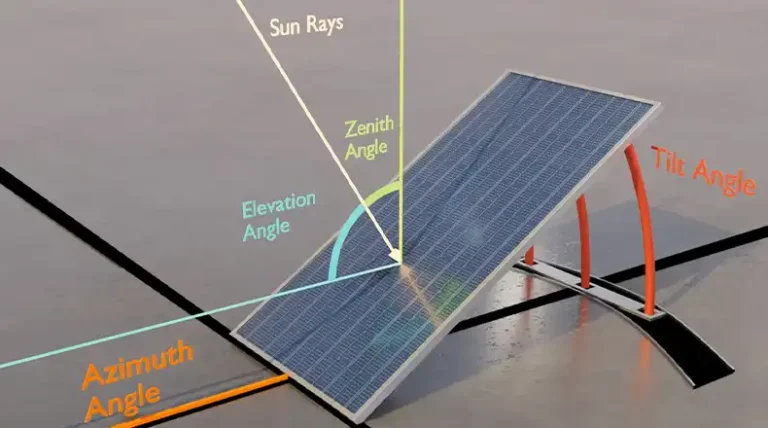
![[2 Fixes] Power Station Jackery Not Charging](https://www.itekenergy.com/wp-content/uploads/2023/08/jackery-not-charging-768x428.webp)
